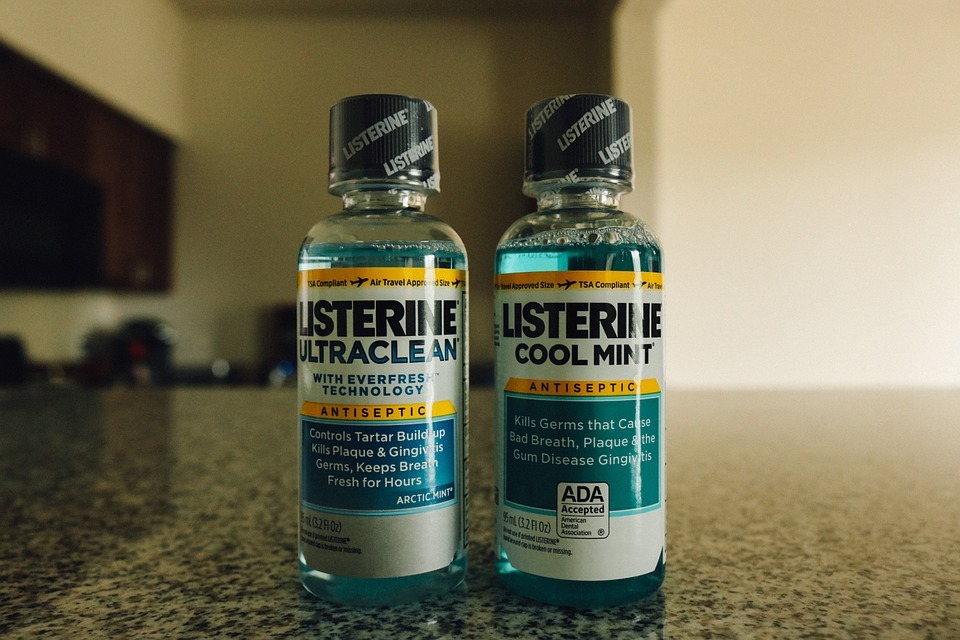
by | Mar 4, 2014 | Tootbrushing Mistake
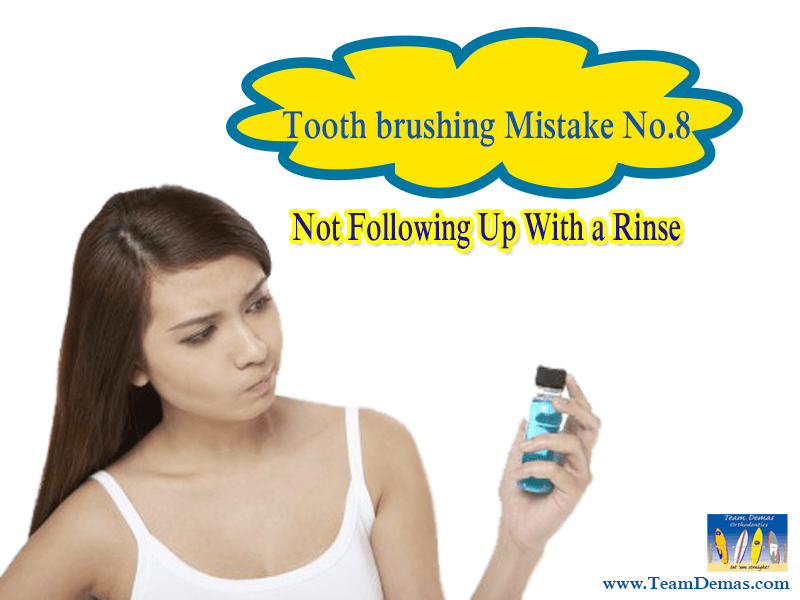
Tooth brushing Mistake No.8: “Not Following up with a Rinse”
You may think that once you have piled your toothbrush with peppermint smelling, fluoridated toothpaste that your toothbrush is now so well disinfected that bacteria couldn’t hope to escape wherever they happen to be hiding. This is far from the truth. Bacteria are a lot more resilient than that. The worst thing you can do with a toothbrush is to hang it out to dry without giving it a rinse in warm water first. Most of that fluoridated toothpaste was transferred to your mouth via your toothbrush. When you spit it all out, there is little remaining on your toothbrush to deter the bacteria.
Read more…
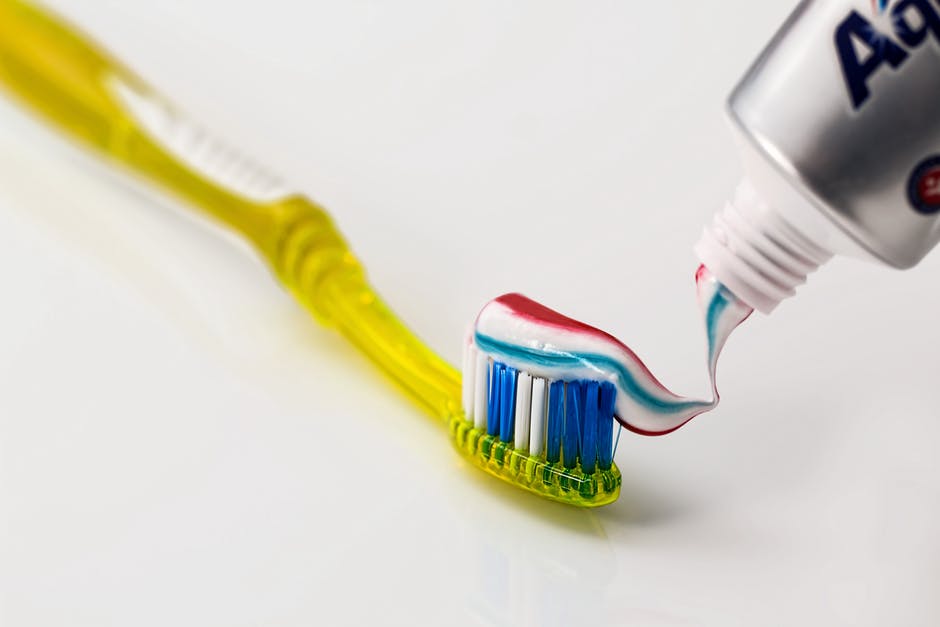
by | Feb 11, 2014 | Tootbrushing Mistake
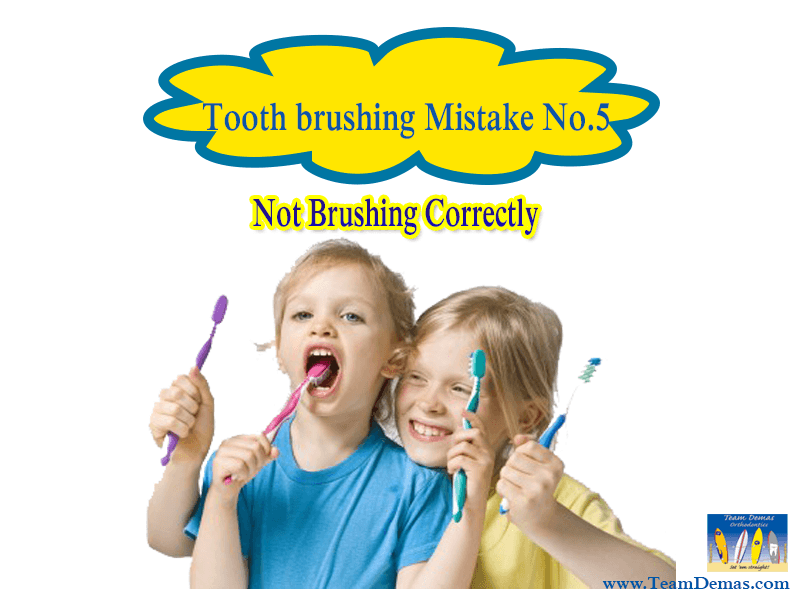
Tooth brushing Mistake No.5: “Not Brushing Correctly”
Did you ever think there was a better way to brush your teeth? Do you just whisk around your mouth and teeth with a toothbrush with a dab of fluoridated toothpaste on it? There is more to teeth brushing than that. For a start, you should position your toothbrush at a 45o angle to your gum line and then brush your teeth in a diagonal motion – not just up and down – as this does little to remove all that damaging plaque and clinging bacteria. You should also ensure that you manipulate your toothbrush onto the inner sides of your upper and lower teeth as well as the easy to reach front lower and upper teeth.
Read more…
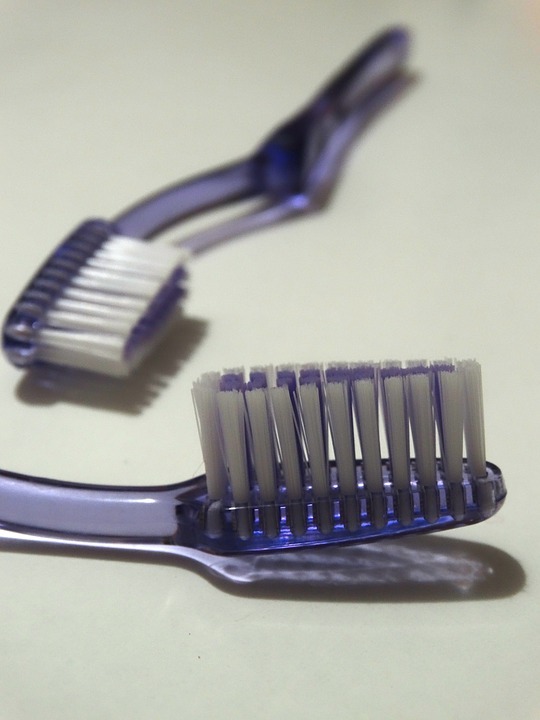
by | Feb 4, 2014 | Tootbrushing Mistake
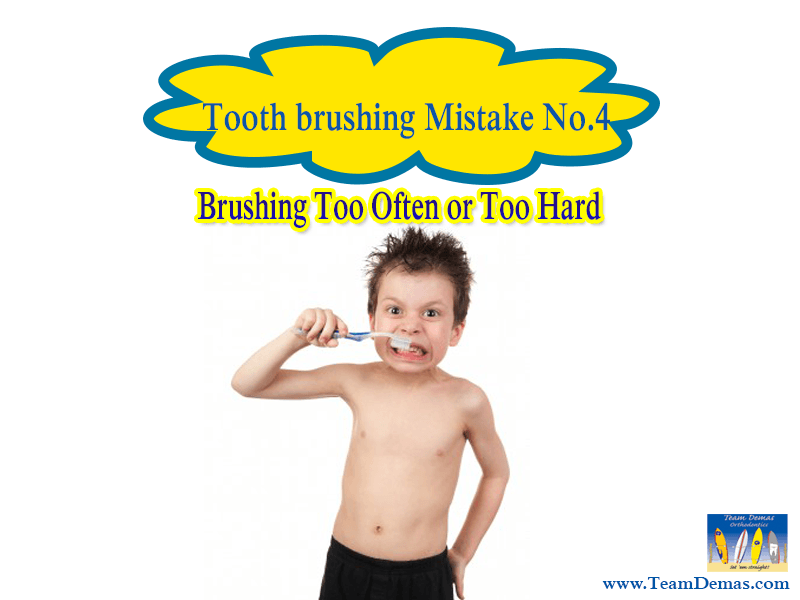
Tooth brushing Mistake No.4: “Brushing Too Often or Too Hard”
Research conducted at a leading U.S. university identified that there was no real evidence that brushing teeth extra hard with a toothbrush led to cleaner and whiter teeth. In fact, the opposite was found to be true. Brushing too hard could well damage the layer on the surface of the teeth that would otherwise protect the teeth. Damage to the gums could also occur as well. A scientific method was designed that discovered that while brushing for the recommended 120 seconds, the pressure that should be applied by the toothbrush should be equal to an average sized orange. It was found that if the pressure went beyond this, the amount of plaque remaining on the teeth was about the same.
Read more…






